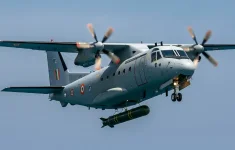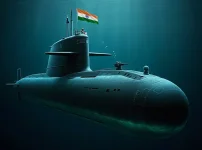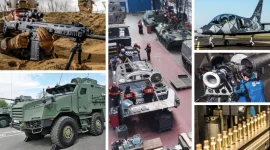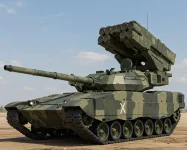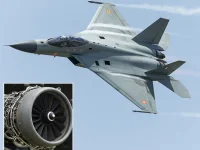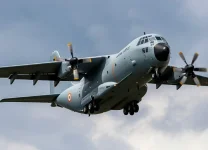- Views: 3K
- Replies: 19
In a major development for India's indigenous defence capabilities, private sector giants Tata Advanced Systems Limited (TASL) and Larsen & Toubro (L&T) have emerged as the frontrunners to lead the manufacturing of the nation's futuristic fifth-generation stealth fighter, the Advanced Medium Combat Aircraft (AMCA).
Their strong positioning highlights a strategic shift towards greater private industry participation in flagship military projects.
The AMCA programme, which recently received formal approval from the Cabinet Committee on Security (CCS) with an initial budget of approximately ₹15,000 crore for the design and prototype development phase, is central to modernising the Indian Air Force (IAF).
Developed by the Aeronautical Development Agency (ADA) under the Defence Research and Development Organisation (DRDO), the AMCA is a 25-tonne, twin-engine, multi-role aircraft.
It is designed with advanced features, including stealth technology to evade enemy radar, supercruise capability for sustained supersonic flight without using fuel-guzzling afterburners, and highly integrated avionics, placing it in the same category as the American F-35 and Russian Su-57.
The IAF has projected a requirement for at least 125 AMCA jets, with the first flight targeted for 2028-29 and official induction into service anticipated by 2035.
The involvement of established private firms like TASL and L&T is considered essential to complement the capabilities of the state-owned Hindustan Aeronautics Limited (HAL) and meet the complex manufacturing demands of a fifth-generation fighter.
Tata Advanced Systems Limited, a key aerospace and defence arm of the Tata Group, has built a formidable reputation. The company is already executing a landmark project to manufacture the C-295 tactical transport aircraft for the IAF in partnership with Airbus at its facility in Vadodara. This makes TASL the first private Indian company to build a complete military aircraft.
Furthermore, its collaboration with France's Dassault Aviation to produce the entire fuselage for the Rafale combat jet at its Hyderabad facility underscores its proficiency in handling complex, high-precision aerospace manufacturing.
Similarly, the engineering conglomerate Larsen & Toubro brings extensive and complementary expertise to the table. L&T has been a critical partner in the production of India's indigenous Tejas Mk-1A Light Combat Aircraft, manufacturing vital components like the wings and tail assemblies for HAL.
The company's vast experience in precision engineering, advanced composite materials, and managing large-scale projects is demonstrated through its contributions to the Akash air defence missile system, the Pinaka rocket launcher, and the construction of naval warships and submarines.
As the programme moves towards the production phase, a key question remains regarding the collaboration model. It is not yet clear if TASL and L&T will form a joint consortium to execute the massive project or if they will compete for separate work packages.
A consortium could create a powerful synergy by combining TASL's aircraft integration experience with L&T's deep engineering strengths, a model often preferred for managing risk and ensuring efficiency in large defence programmes.
Alternatively, competition between the firms could foster innovation and cost-effectiveness. The final structure will be determined by the Ministry of Defence based on production capacity, cost, and the overarching goal of maximising indigenous content.

